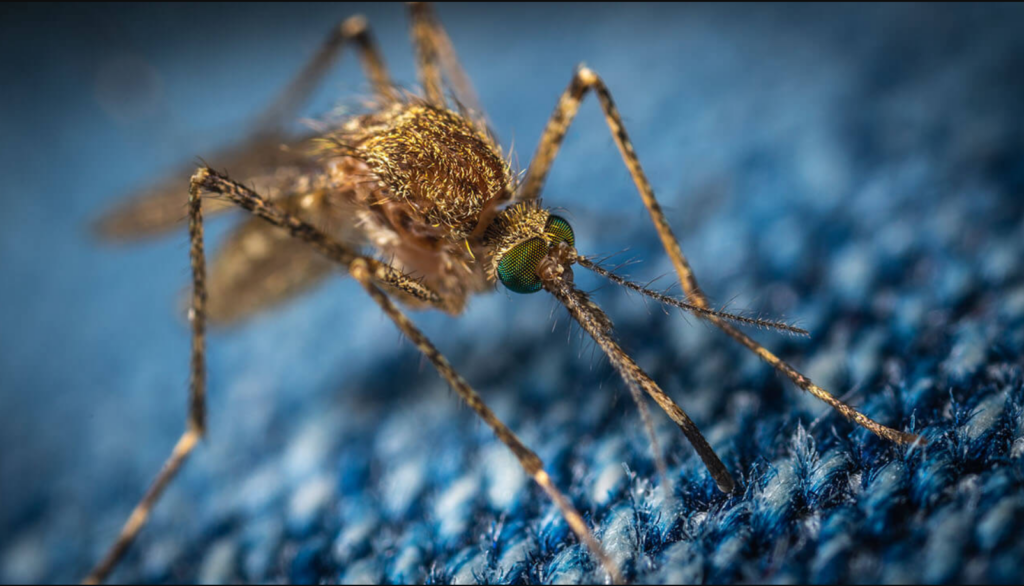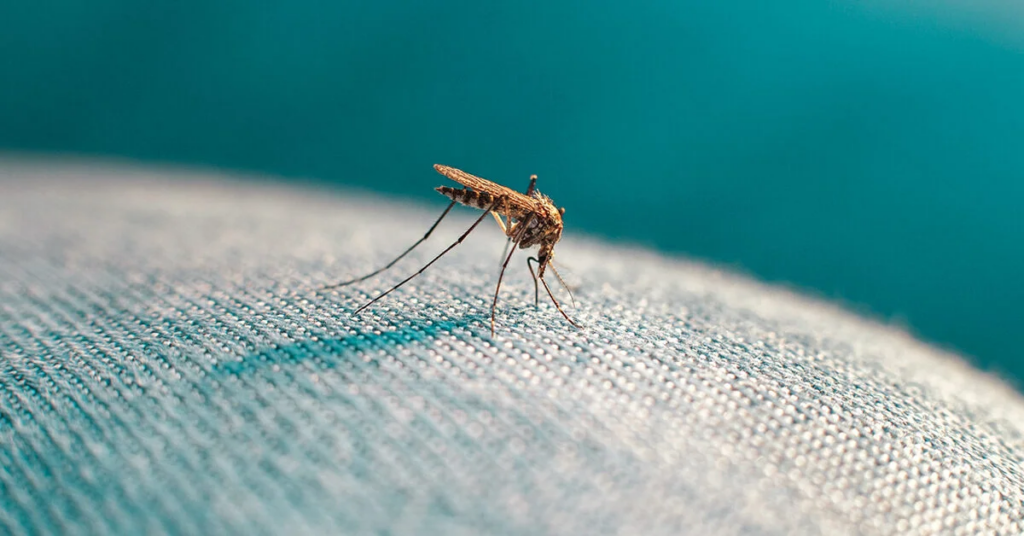Mosquito-proof fabric 2023

An Auburn University lab sample of a novel material resembles cloth. But it addresses one issue. “We’ve discovered a unique knit: By its geometric structure, it blocks mosquito bites,” explains University associate professor of entomology and plant pathology John Beckmann.
Beckmann intended to find a new way to combat mosquitoes, which carry malaria, dengue fever, and West Nile virus and kill hundreds of thousands of people worldwide, especially children under five in underdeveloped nations. Millions survive illness yet miss days or weeks of work. Of course, even non-infectious bites are unpleasant.
Long-sleeve shirts don’t protect. The researchers tested current apparel and discovered that even tight knits like Under Armour compression gear didn’t stop bites maintain the insects alive by extending their arms into an enclosure and getting bitten; for this study, they performed the same thing while wearing various fabric sleeves.) Insects may bite through even larger holes in woven cloth.

Mosquitoes kill hundreds of thousands annually
The mosquito’s needle-like proboscis is longer than most cloth. A fascicle, composed of “six serrated blades and microneedles,” can bend at 90 degrees, while stylets, which vibrate like tiny drills, “saw” skin.
The scientists used knitting machines that could be configured with numerous patterns to find a bite-blocking pattern. “Knitting is like tying little knots—you’re making loops and wrapping loops through loops,” Beckmann adds. “You can create a microscopic chainmail effect by doing it geometrically.” The fabric is precisely constructed to prevent insect entry as it stretches and bends.
Since mosquito-borne illnesses are the major issue in tropical climes, comfort was the next issue. “You want to change the hole just enough so the mosquito can’t get through, but it provides enough airflow that it’s comfortable,” he explains.
Some graduate students compare it to Lululemon leggings after many tweaks to increase comfort. The team is using a Spandex-polyester blend, but the design may be applied with other materials.
Over the following year, they will improve comfort and launch a clothing line. Beckmann hopes clothing producers license the knitting design, which could be used in nearly any garment. A knit baby onesie might be used in a malaria-ridden region. Production costs shouldn’t exceed textile manufacturing.
He says this is a low-cost vector-borne illness therapy. Bed nets are beneficial when someone is under them, and governments can treat neighborhoods with pesticides, but only so far.
Beckmann has also studied mosquito sterilization and genetic modification, which involves government oversight and a lot of work. “More and more, I’ve just been thinking realistically: What can feasibly stop vector-borne disease?” he asks. Researchers overthink issues and devise the most intricate answers. I think the easiest answer is best.”
